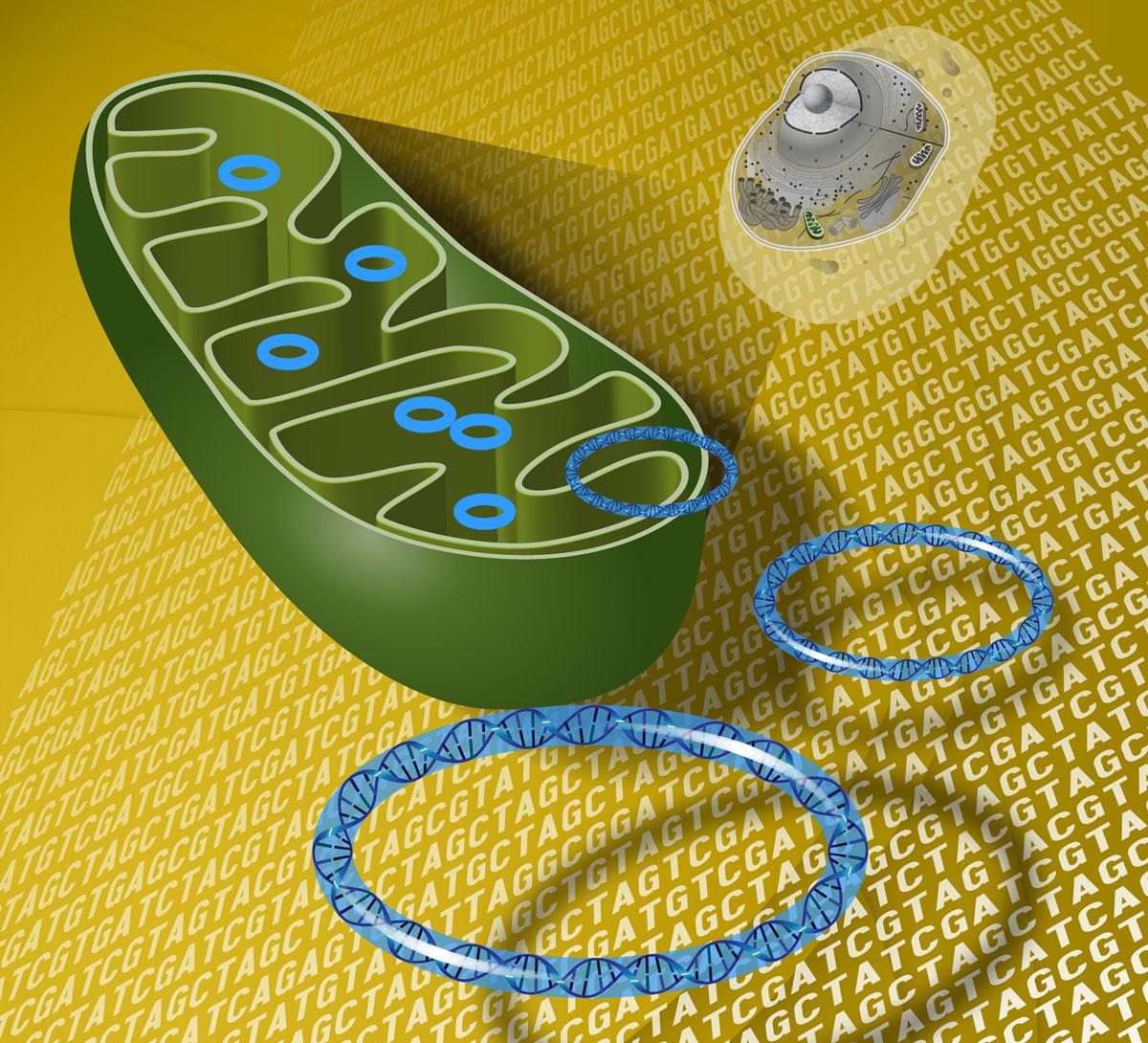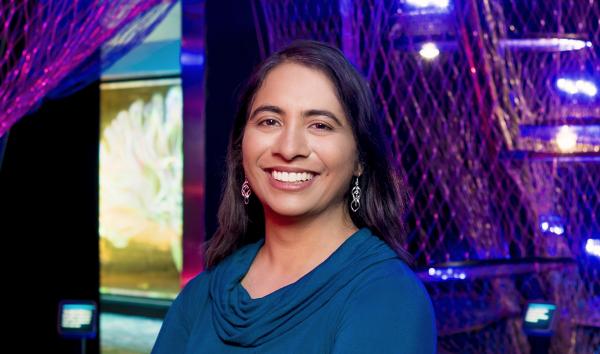
Date:
Wrinkles, gray hair, slowing down—as we grow older, our bodies start to show signs of the wear and tear of life. This week, scientists from the University of Alabama published a new study demonstrating that among the factors causing these physical signs of age are our mitochondria, the tiny energy factories inside our cells. By manipulating the mitochondria, they discovered that they could speed up the aging clock, and then turn it back.
The new study builds on observations that the number of mitochondria and their level of activity decline as we age. The research team from Dr. Keshav Singh’s lab cleverly designed a genetically engineered mouse to test what mitochondria are actually doing. In these mice, a gene responsible for copying mitochondrial DNA can be switched off—effectively shutting down mitochondria—simply by adding the chemical doxycycline to their food.
At eight weeks old, the mice were started on the doxycycline diet. After four weeks, the experimental mice began to develop gray hair, hair loss, wrinkles, slower movement, and spine curvature, among other signs of aging. After another month, the researchers examined the mice at the cellular level and found that their skin cells were smaller with dysfunctional hair follicles and broken-down mitochondria.
The most surprising findings came when the scientists restored the mice’s mitochondria by removing the doxycycline from their food after two months and reactivating the gene. After a month on the normal diet, many features reverted: hair came back, wrinkles went away, and the cellular defects disappeared. The data suggest that mitochondria influence when, how, and to what extent a variety of aging genes are turned on and off in a reversible way.
The dramatic photos of a wrinkled, hunched, balding mouse regaining its youthful good looks have unsurprisingly generated sensational headlines like “Wrinkles away! Scientists have learned to turn off the signs of aging.” The results are fascinating, but we should be careful about how far to take them. In this case, the scientists reversed an aging effect that they intentionally created in a small number of experimental animals. We don’t yet know how this might affect naturally occurring processes, given the range of environmental and genetic factors that impact how we age. In addition, this study primarily focused on skin cells, and more research is needed to understand what’s happening in other organs.
The team sees the promise of their work in developing a laboratory model for aging, where different mechanisms of age-related disease can be investigated and potential drugs for mitochondrial disorders can be tested. But it’s premature to say we’ve discovered the fountain of youth.


